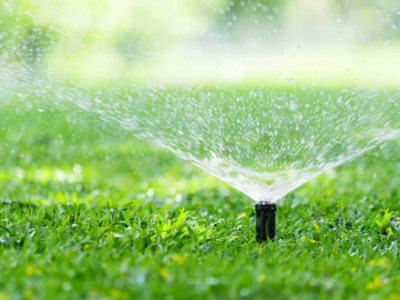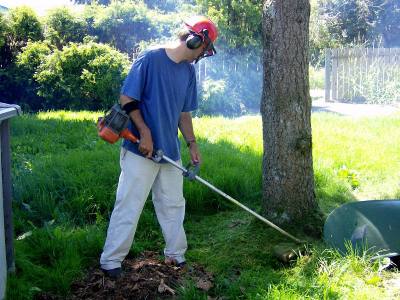Are you one of those people who enjoy a touch of greenery in their living space? Well, then chances are you’ve already created a full-fledged garden in a corner of your home.
Even if you don’t have a ton of empty space, it’s possible to build a thriving container garden just about anywhere in your home. The great thing about container gardening is that it lets you add a splash of green to the tiniest of spaces.
The Joy of Container Gardening
Whether you need fresh herbs and produce for your kitchen or enjoy the aroma of fresh flowers in your living room, container gardening tools and accessories make it possible for you to build the garden of your dreams, even when you don’t have a sprawling backyard.
But with a container garden, your plants need a ton of tender, loving, care. That’s because the soil in planters loses its nutritional value over a short period. Also, it doesn’t retain water for long hours.
While your plants might have made it through the pleasant spring weather, the onset of summer can wreak havoc on their wellbeing. If you aren’t careful, it won’t be long before you come home to wilted leaves and withered flowers.
The good news is that there are various ways to protect your plants from the sudden rise in mercury levels. In this blog, we’ll discuss a few useful tips to prepare your container garden for the summer heat. Let’s dive right in.
1. Establish a Watering Schedule
Whether you’re growing herbs, succulents, fruits, vegetables, or cacti, your plants need water to survive. But watering requirements of each plant will vary depending on the weather and other environmental conditions.
The inability of the soil in planters to retain water for long makes it crucial to outline a watering schedule for all your plants.
Ideally, you should water each plant whenever the top layer of the soil feels dry. In most cases, you’ll need to water them at least once a day. However, make sure you check the soil during the day to find out whether it has dried.
Also, it’s important to water your plants early in the morning or late in the evening. The lower temperatures in the morning and evening ensure minimal water loss due to evaporation.
2. Get a Few Planter Saucers
Planter saucers aren’t simply an accessory that prevents countertops and other surfaces from staining. They’re also useful for retaining moisture. As water flows through the drainage holes of a planter, it’s collected in the saucer. Your plants can use the collected water throughout the day to replenish the soil.
It’s a great way to keep the soil hydrated when you don’t have time to water your plants twice a day. On the plus side, saucers add a touch of color and further enhance the visual appeal of your garden.
3. Watch Out for Pests and Insects
The warm and humid summer weather creates the ideal conditions for insects and pests to thrive. In the absence of proper precautionary measures, your garden could become the breeding ground of aphids, whiteflies, scales, and fungi.
The best way to avoid that scenario is to use insecticides and pesticides. If you’re skeptical about using chemical-based products, you can also try natural insecticides, such as neem oil and hot pepper wax to keep pests away from your garden.
4. Don’t Forget Mulch
An easy way of preventing water evaporation from planters is to add a layer of mulch on top of the soil. It creates a barrier between the soil and the external environment, thus improving water retention. It even helps control the growth of weeds.
From pebbles and gravel to pine needles and saw dust – you can use a wide array of organic materials as mulch. Or you could add living mulch in the form of ground cover plants, such as succulents. All you have to do is ensure that the plants used as mulch don’t compete with the main tree for water and nutrients.
5. Move Around
Of course, plants need sunlight to grow and thrive. But leaving your plants under the harsh summer sun rays throughout the day will cause them to wither. That’s why it is important to change the location of your container garden.
Find a well-ventilated and easily accessible area in your home that receives sunlight for 5 to 6 hours a day. Make sure your plants aren’t subjected to direct heat from the sun.
In Conclusion
Maintaining your garden in proper shape during summer takes a bit of planning and prep. The key is to protect your plants from harsh weather conditions, and ensure that they receive adequate water and nutrients.










Comments